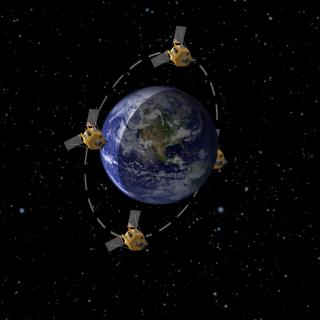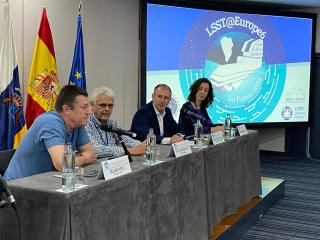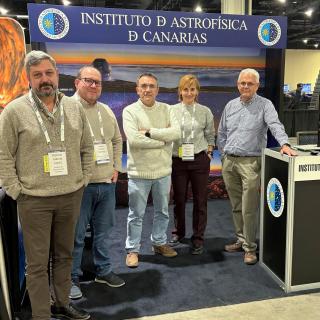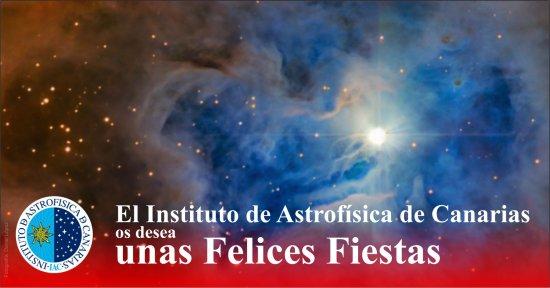It may interest you
-
 El Instituto de Astrofísica de Canarias (IAC), a través de su departamento IACTEC-Espacio, celebra hoy la System Requirements Review (SRR) de la misión IACSAT-1, un hito clave que marca la finalización de la fase B1 del proyecto y consolida todos los requisitos técnicos, científicos y programáticos necesarios para avanzar hacia el diseño preliminar del satélite. IACSAT-1 es la primera misión liderada íntegramente por el IAC dedicada a la observación astronómica desde el espacio. Se trata de un proyecto desarrollado por IACTEC-Espacio, con un equipo científico dirigido por el Prof. RafaelAdvertised on
El Instituto de Astrofísica de Canarias (IAC), a través de su departamento IACTEC-Espacio, celebra hoy la System Requirements Review (SRR) de la misión IACSAT-1, un hito clave que marca la finalización de la fase B1 del proyecto y consolida todos los requisitos técnicos, científicos y programáticos necesarios para avanzar hacia el diseño preliminar del satélite. IACSAT-1 es la primera misión liderada íntegramente por el IAC dedicada a la observación astronómica desde el espacio. Se trata de un proyecto desarrollado por IACTEC-Espacio, con un equipo científico dirigido por el Prof. RafaelAdvertised on -
 The President of the Cabildo of La Palma, Sergio Rodríguez inaugurated this morning the International Conference LSST@Europe 6 which has brought together over 140 people from over twenty countries in the field of astrophysical research. In the oficial inauguration there was also participation by the Director of the Instituto de Astrofísica de Canarias (IAC), Valentín Martínez Pillet, the director of the LSST constructive project Zeljko Ivezic and the president of the international organizing committee Mireia Montes Quiles. Sergio Rodríguez noted the importance of this type of scientificAdvertised on
The President of the Cabildo of La Palma, Sergio Rodríguez inaugurated this morning the International Conference LSST@Europe 6 which has brought together over 140 people from over twenty countries in the field of astrophysical research. In the oficial inauguration there was also participation by the Director of the Instituto de Astrofísica de Canarias (IAC), Valentín Martínez Pillet, the director of the LSST constructive project Zeljko Ivezic and the president of the international organizing committee Mireia Montes Quiles. Sergio Rodríguez noted the importance of this type of scientificAdvertised on -
 The Instituto de Astrofísica de Canarias (IAC) is demonstrating the quality and international relevance of the Canary Islands Observatories at the 245th session of the American Astronomical Society (AAS) meeting being held this week in Maryland (USA). This meeting, led by the American astrophysics community, brings together the world's most important research centres in this field to share lines of work and proposals for the present and the future. The IAC delegation in Maryland is headed by the director of the centre, Valentín Martínez Pillet, who is part of the panel of speakers with aAdvertised on
The Instituto de Astrofísica de Canarias (IAC) is demonstrating the quality and international relevance of the Canary Islands Observatories at the 245th session of the American Astronomical Society (AAS) meeting being held this week in Maryland (USA). This meeting, led by the American astrophysics community, brings together the world's most important research centres in this field to share lines of work and proposals for the present and the future. The IAC delegation in Maryland is headed by the director of the centre, Valentín Martínez Pillet, who is part of the panel of speakers with aAdvertised on
